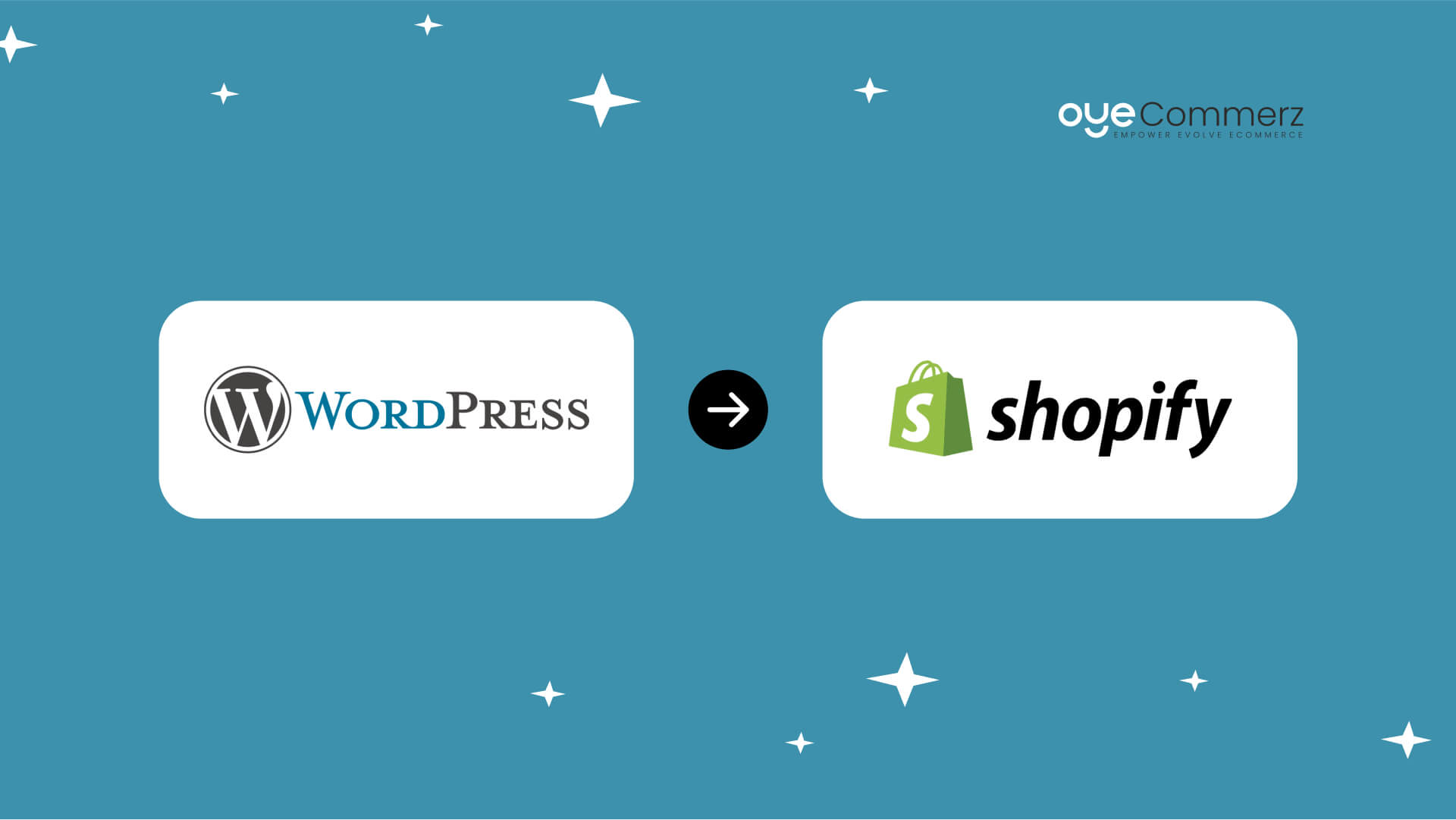Effortless Transition from WordPress to Shopify: A Comprehensive Roadmap for E-commerce Growth
Shifting from WordPress to Shopify marks an exciting step toward streamlining your online store operations. As businesses expand, selecting a solution that supports scalability, UX, and customization becomes crucial. Shopify is widely recognized as a preferred choice for e-commerce professionals, providing unmatched adaptability, data protection, and user-friendliness. In this guide, we’ll explore why this migration is a game-changer, highlight the advantages, and provide practical tips to facilitate a seamless move.
1. Why Switch from WP to Shopify?
WordPress, paired with WooCommerce, has served countless e-commerce platforms. However, as businesses scale, issues like reliance on plugins, security vulnerabilities, and complex setups can hinder progress. Shopify, designed explicitly for digital retail, eliminates these concerns with an comprehensive, user-friendly platform. Real data supports this shift—Shopify hosts over 4.4 million websites globally, with a reported 10% boost to sales conversion rates for many businesses after migration.
2. Key Benefits of Shopify for E-commerce Success
Shopify’s robust ecosystem caters for scaling brands. Its standout features include:
- Seamless Customization: Shopify provides over 80 expertly crafted themes.
- Built-in Features: Capabilities such as Shopify Payments and built-in SEO streamline operations.
- Global Reach: Multi-currency support and localization features enable businesses to expand internationally.
Additionally, Shopify delivers an availability percentage of 99.98%, ensuring your store is always operational.
3. Getting Ready for Your WordPress-to-Shopify Transition
Before migrating, evaluate your existing setup. Analyze inventory details, client information, and SEO performance. Tools like Shopify’s Migration Kit or third-party solutions can simplify this process. Create a detailed strategy, ensuring all resources—item details, media files, and articles—are optimized for transfer.
4. Data Migration: A Critical Step
Transferring your data is a cornerstone of a smooth transition. When moving from WP to Shopify, prioritize:
- Product Information: SKU, item summaries, and groupings.
- Client Information: Emails, purchase records, and preferences.
- SEO Optimization: Retain meta tags, URLs, and forwarding paths to maintain search rankings.
Leverage apps like LitExtension to facilitate seamless migration while reducing mistakes.
5. Tailoring Your Shopify Store to Fit Your Brand
After the move, customizing your Shopify store helps it aligns with your brand. Utilize Shopify’s intuitive page builder to create layouts with ease. Shopify's templates are optimized for all devices, providing a smooth UX across platforms—a key point, since 74% of e-commerce traffic is generated by mobile visitors.
6. How to Protect Your SEO Rankings When Switching Platforms
Search engine optimization is crucial for maintaining your online presence during migration. Shopify excels in SEO with clean URL structures, built-in optimization tools, and smooth content management. Make sure you:
- Implement 301 redirects for old URLs.
- Enhance updated content with targeted phrases.
- Leverage plugins like Plug in SEO to monitor performance after the switch.
7. Essential Tests After Migrating to Shopify
Once the migration is complete, conduct thorough testing.
Check: - Page load times (Shopify delivers faster speeds in contrast with WP).
- Functionality of payment gateways and checkout processes.
- Mobile responsiveness.
Quality assurance ensures your store delivers a seamless shopping experience from the start.
8. Case Study of a Successful Migration
An example of effective platform switching is Gymshark, a sportswear company that transitioned to Shopify. Post-migration, the company experienced a 60% boost in mobile sales and reduced site downtime. This highlights the potential of Shopify in driving e-commerce growth.
9. Challenges and Solutions
Migration is not without obstacles, such as data integrity and reconfiguring custom functionalities. However, Shopify’s extensive assistance and third-party experts make overcoming these hurdles manageable. Partnering with qualified Shopify developers E-commerce website migration ensures a smooth transition.
10. Starting Your Journey with Shopify
Switching from WP to Shopify Data migration to Shopify marks a strategic decision to online retail. By focusing on growth, simplifying management, and enhancing the customer experience, Shopify enables companies to succeed in competitive markets.
Conclusion
Transitioning from WordPress to Shopify offers a smart solution that can greatly enhance your e-commerce success. With a well-structured strategy, the right tools, and professional guidance, you can unlock new success milestones.
Ready to make the leap? Let’s discuss how our Shopify migration services can revolutionize your online store. Contact us now, or ask yourself: Can your business afford to miss out on Shopify’s growth potential?
